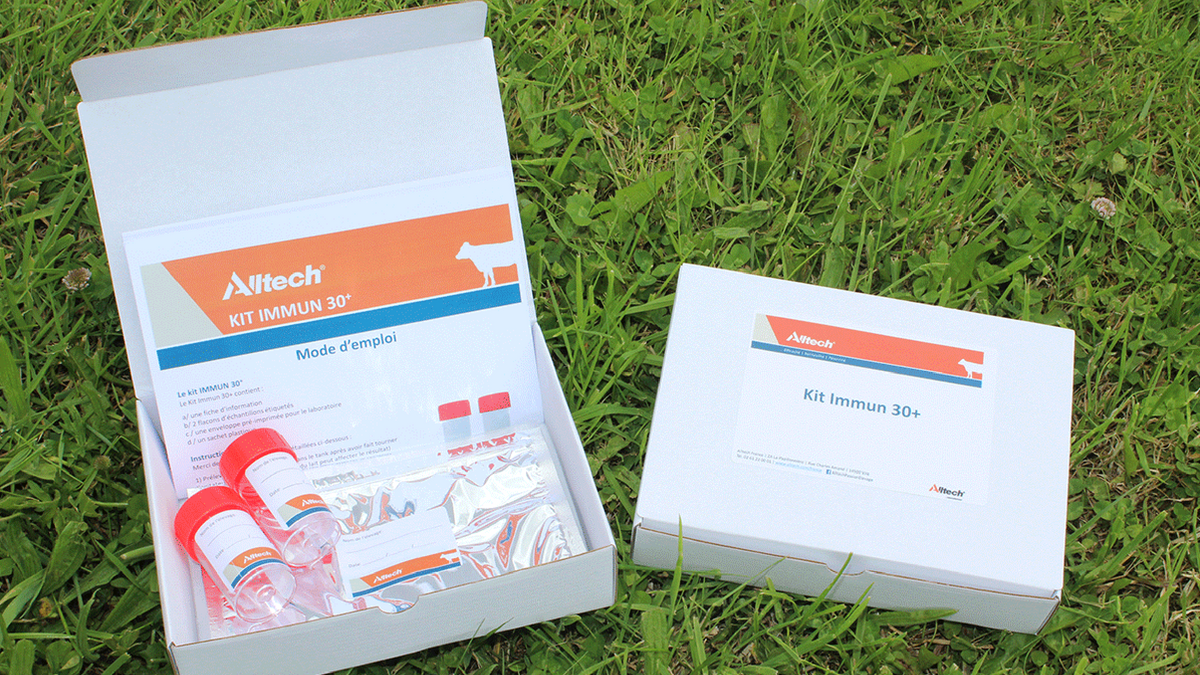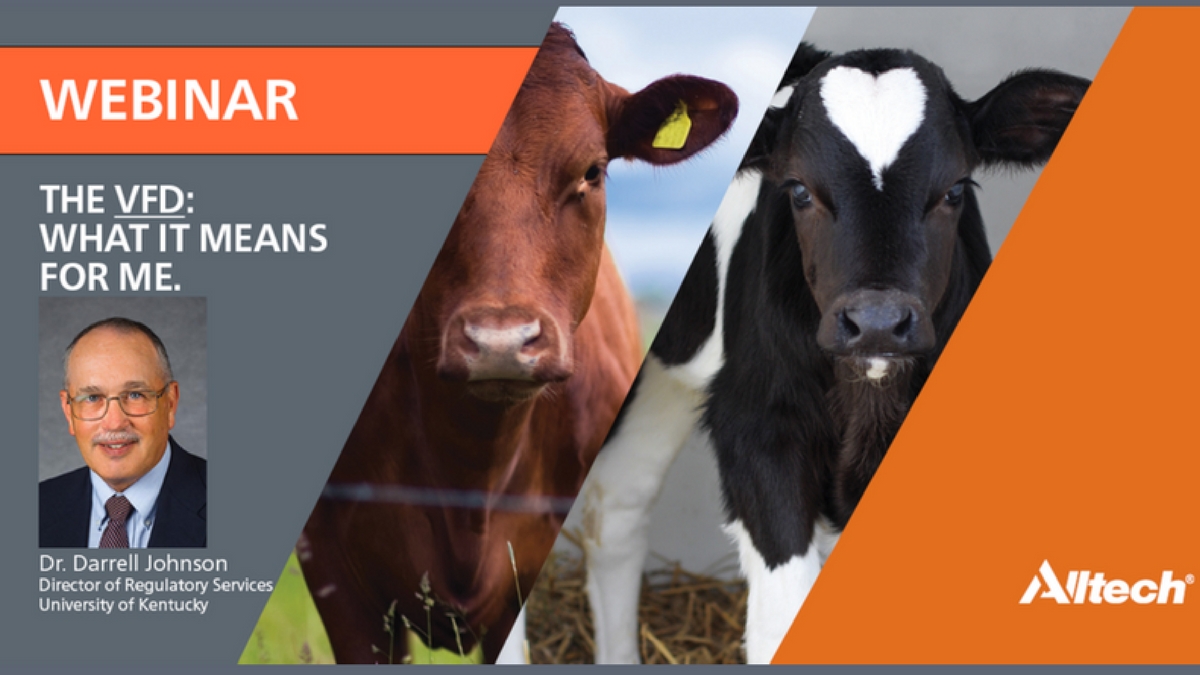Five mycotoxin minutes with Randy Asher, Alltech regional sales manager (and overall mycotoxin expert)
As the 2016 crop rolls in, now is the time to get the scoop on this year’s harvest and what that means for your operation. We grabbed Randy Asher, Alltech’s regional sales manager, with a host of consulting experience on mycotoxin issues for beef and dairy operations, for a little Q and A.
What’s made the conditions for mycotoxins particularly unique this year?
The weather was a huge factor this summer. Regionally, weather conditions varied a lot, with Kansas having heavy rainfall and a large crop, whereas other areas, like West Texas and New Mexico, were historically dry and production was down.
The overall amount of stress was pretty high, too, because of the weather. Even the regions that got rain had long dry periods in the middle of the growing season and then lots of rain right before harvest, especially in the Corn Belt. This created an inconsistent environment, with both wet and dry patches in the crop, which, unfortunately, is perfect for mold and mycotoxin growth. Producers should really be on the lookout this year, just as Dr. Max Hawkins described in his Animal AgWired interview.
What have you heard about the 2016 crop so far? What does it mean for feeding cattle?
DON will be the story this year. DON, also known as vomitoxin or deoxynivalenol, is one of an array of trichothecene mycotoxins produced by Fusarium graminearum and looks to be at much higher levels than normal. Aflatoxin levels also look to be high in this year’s crop. What DON and aflatoxins are known to do is inhibit the synthesis of protein in cattle and alter the immune system. As a result, feed conversion, particularly in lightweight feedlot cattle, is really affected and overall performance goes down.
To combat this, everyone needs to be diligent in testing their corn and corn silages. Producers should have their feedstuffs and forages tested at laboratories, such as the Alltech 37+® mycotoxin analytical services laboratory, to determine if any of their silages or hay has a mycotoxin prevalence before feeding. It’s really important to discard any feed ingredients you can tell are already moldy and musty smelling and use a sequestering agent in feed to prevent and/or offset the negative effects of molds and mycotoxins.
How can producers tell if there’s a high mycotoxin load? Are there any early indication signs?
The big challenge when it comes to mycotoxins is that everything is dosage-dependent. Meaning, both the volume and duration of mycotoxins have a compounding effect over time. As a result, producers might not see any impact at all on day one, but don’t confuse that with thinking there isn’t an issue. It’s easy to blame a drop in performance on management or breed influences when the real problem could be right in the feed itself.
Testing for mycotoxins is critical, but also let your cattle tell you what’s going on. Visually, there are a few cues:
• Rough or dull hair coats
• Stiff joints and/or lameness
• Increases in respiratory-related incidents
• Gut irritation that causes inconsistent or loose stool samples
This year in particular is the right time to focus on nutrition to boost the immune system to combat the varied mycotoxin load cattle will face.
Lastly, what’s the one thing the farming public needs to know about mycotoxins that they might not already know?
For me, I hear lots of producers worrying about aflatoxins and testing for them, which is good, but we know there are as many 1,200 different mycotoxins overall that can potentially be in feedstuffs. What I think farmers need to know is that testing for aflatoxins alone isn’t enough.
I’ve said it before, but it’s the additive or synergistic effect of mycotoxins that really causes the issue. It takes a comprehensive management strategy, including testing and feed application, to drive the health and performance of cattle. That’s what’s best for cattle and supports profitable production at the end of the day.
To learn more about the Alltech® Mycotoxin Management program, visit www.knowmycotoxins.com.



























